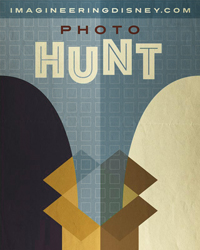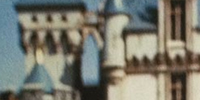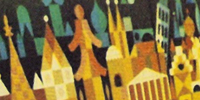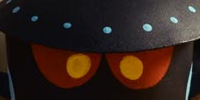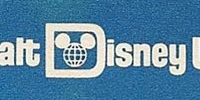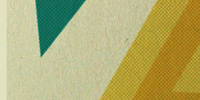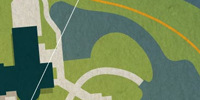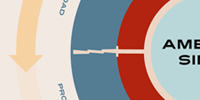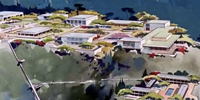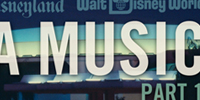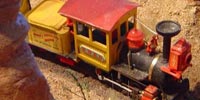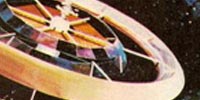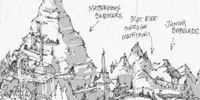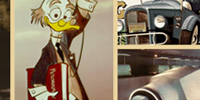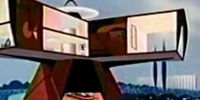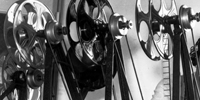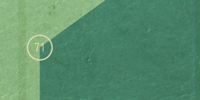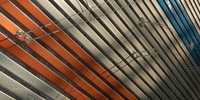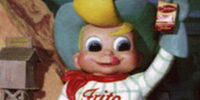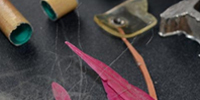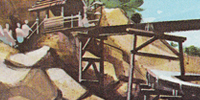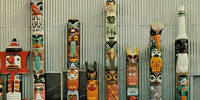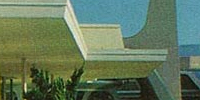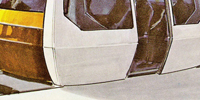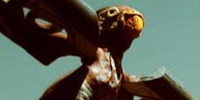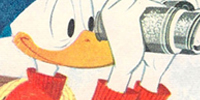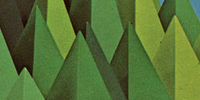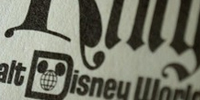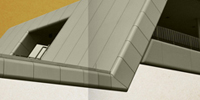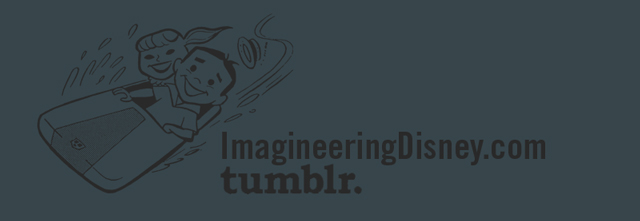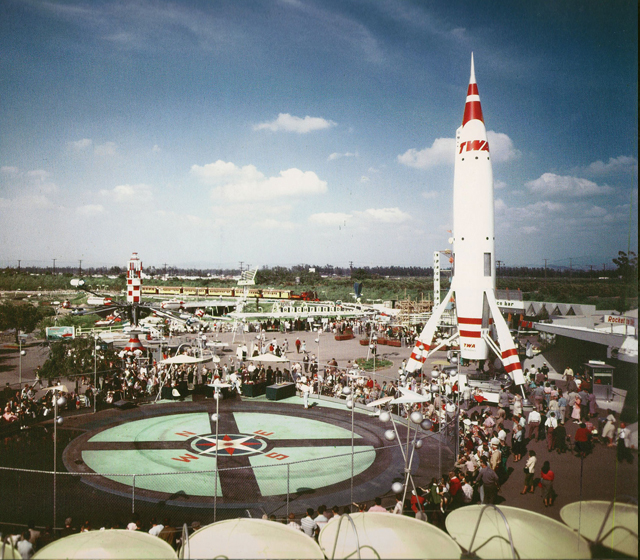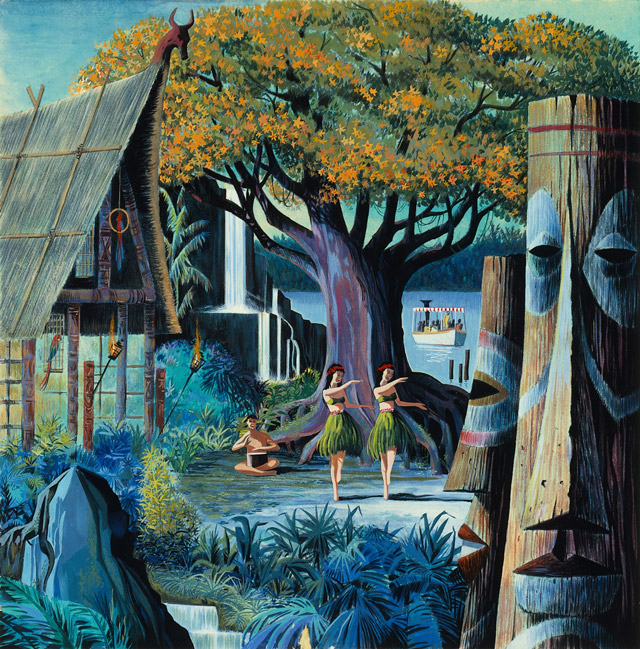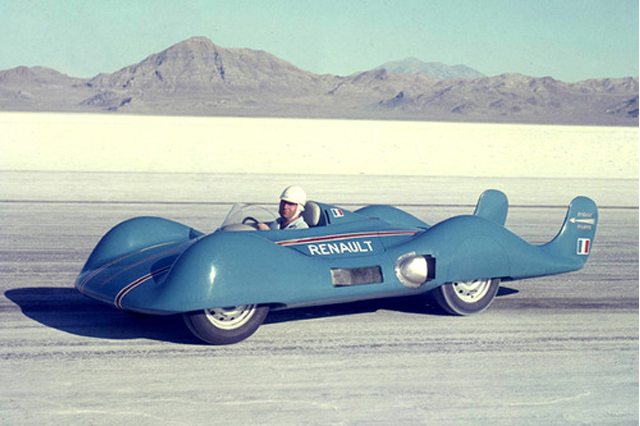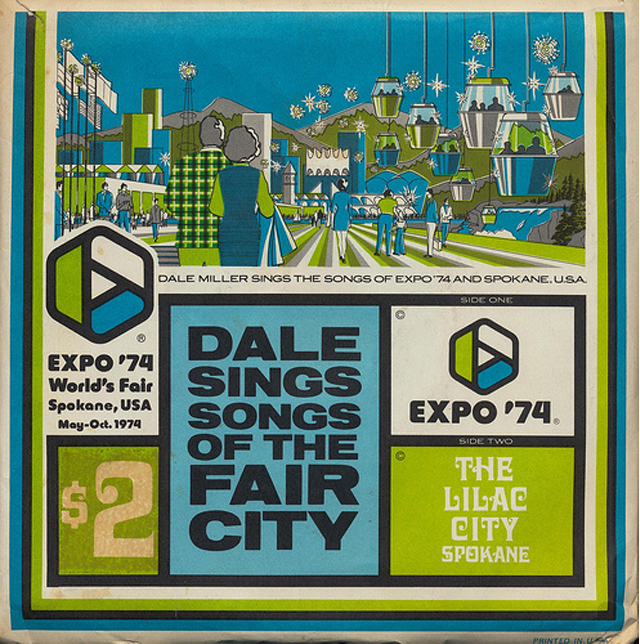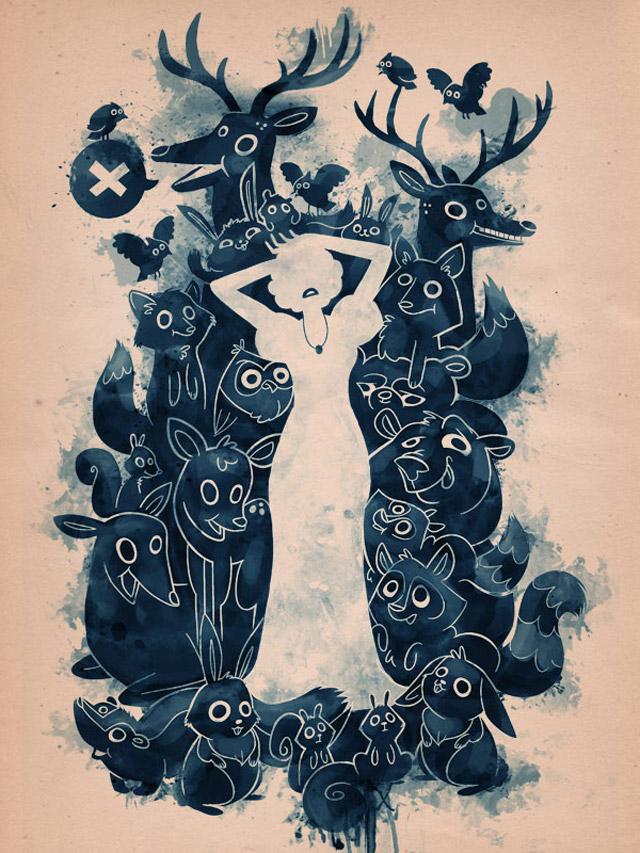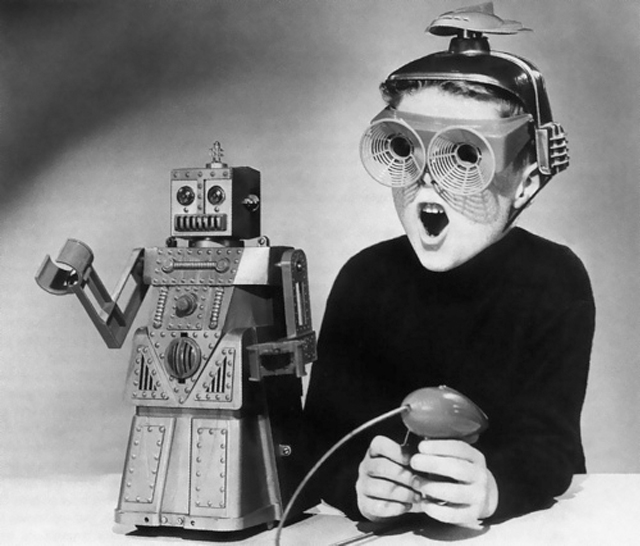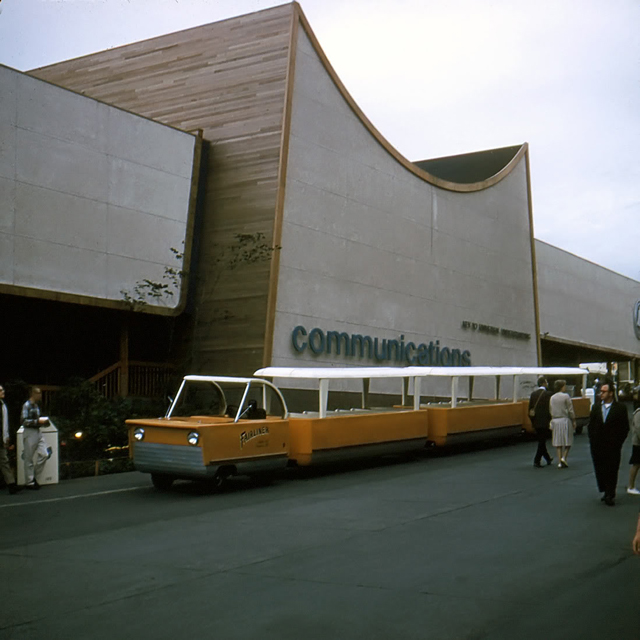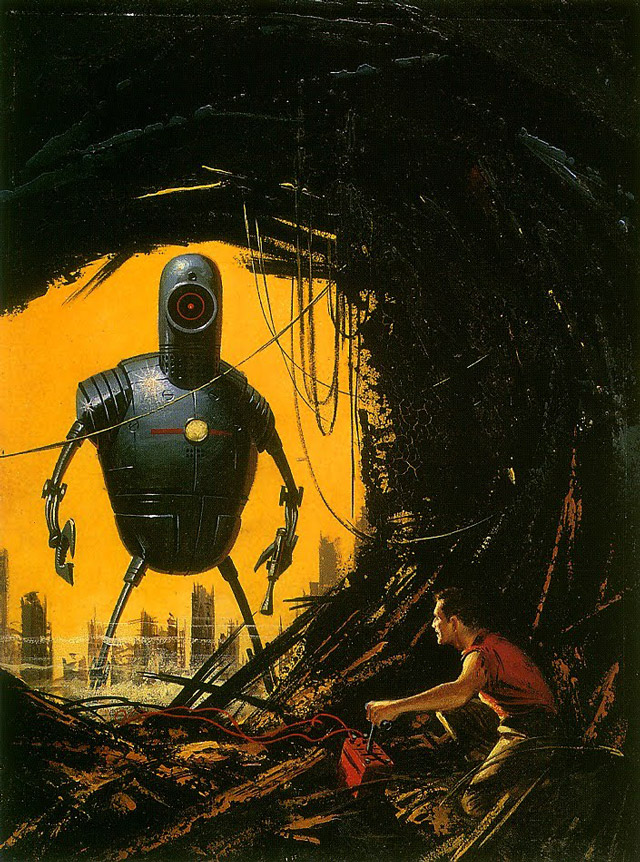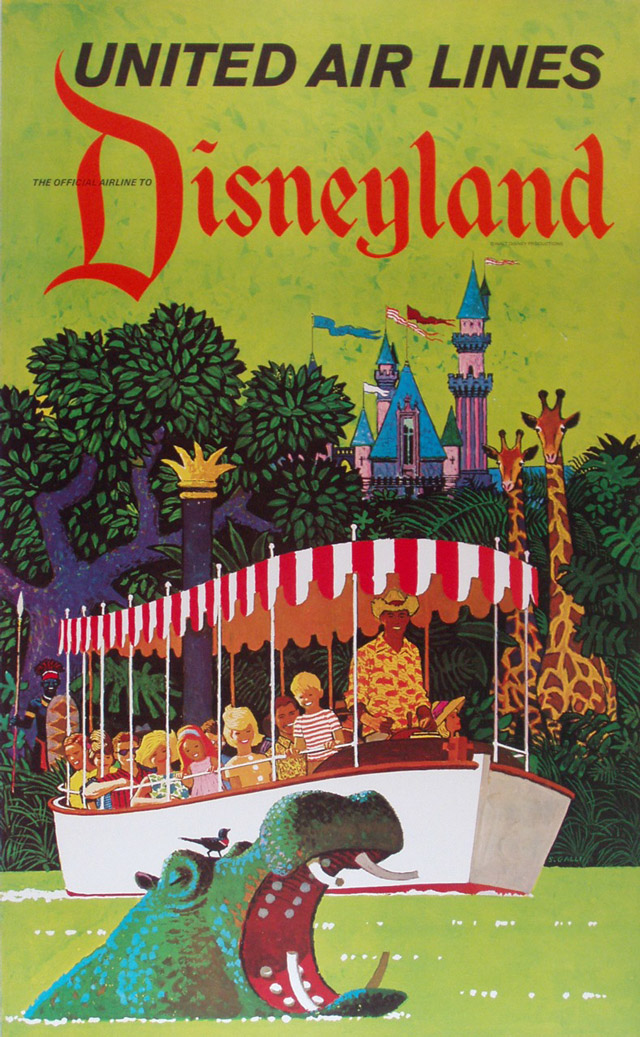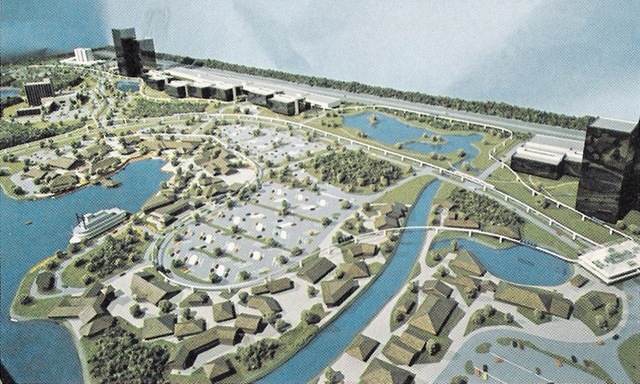
The Lake Buena Vista area, know today for its Downtown Disney, once sought out to become more than a district of Disney merchandise, second-rate rainforest animal dining environments, and third party gift shops. From its inception, Lake Buena Vista (chartered 1967) was to be a kind of “new town”. The town was to accommodate “transient residents” and welcome millions of visitors to its wide array of recreational facilities. Oh and to get around... Peoplemovers and Monorails.
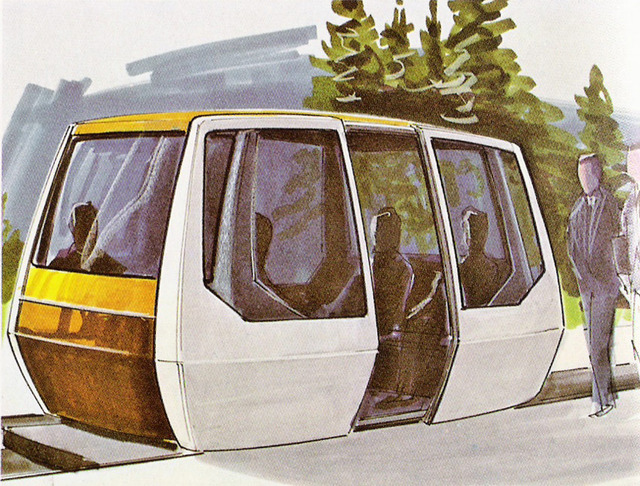
A Peoplemover system was clearly never installed but we take a look at how such an idea almost became a reality.
A Prototype of a Prototype
“In a sense, it is a prototype of the prototype community that is being built at Walt Disney World.” So it was explained in publications of the mid-70s. And the similarities are striking.
Though LBV was not the radial city of tomorrow that EPCOT was to be, it was to put into place some of the same environmental practices, transportation systems, and other concepts of urban design.

As listed in the 1976 publication “Lake Buena Vista Peoplemover”:
The basic development concepts and policies that have evolved from this planning process are:
- To build an activity-oriented “transient” home community.
- To develop commercial , industrial and institutional areas that will serve both local and regional demands.
- To develop unifying transportation elements that tie the community together.
- To build with distinctive, innovative designs to the extent possible within the limitations imposed by land development economics, financing, and marketing.
- To maintain a high degree of flexibility to respond to unforeseen opportunities inherent in these unique conditions.
A “Water Park”?
The LBV city was described as a “water park of woods, waterways, trails, fields, and active recreation.” No water slides or splash pads. I’m not clear on why this term was used however water-based recreational activities were a part of the plan as were abundant views of water ways from homes and hotel rooms.
Themed Recreational-Residential Communities
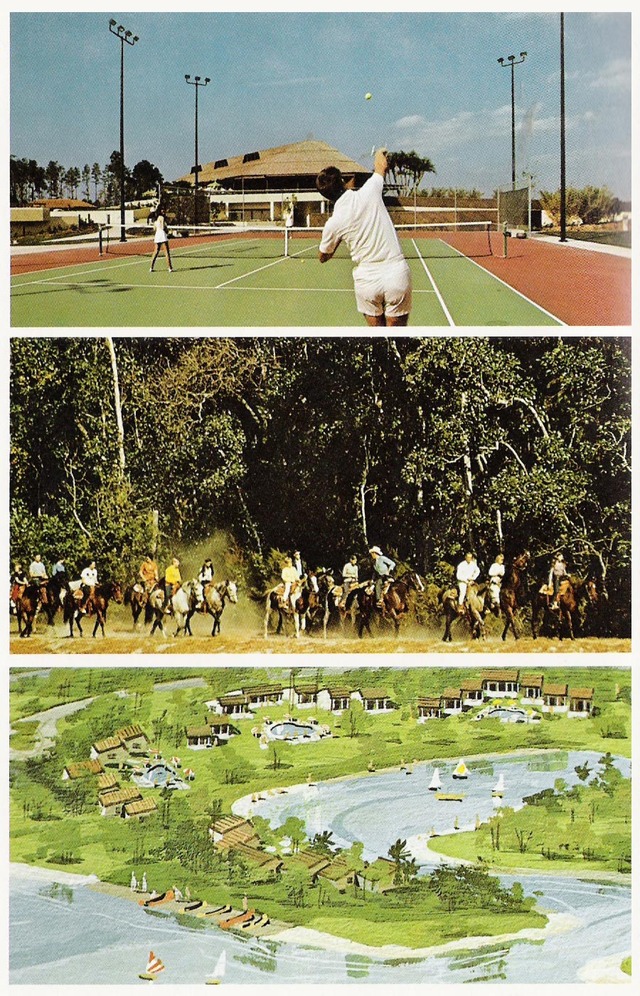
“Themes” were to include golf, tennis, equestrian, and boating. Each community would have a sort of central club-house to accommodate its theme. Enjoy tennis? Well the tennis community would be perfect for you. Have a boat? Why not live in the boating community? The boating community would be nestled between Lake Mabel and South Lake just East of Bay Lake. “Water related sports activities will center around the aquatic club on Lake Mabel.” Fun. And logically the equestrian community, with its rustic Old West style, was to partner with the Tri-Circle-D Ranch (Fort Wilderness) and offer horse trails and such.
Side note: You can live on Lake Mabel today, as my wife did when we were dating. Ahh the memories. And there are a few houses along South Lake right off of CR-535 (you know, the back way to Magic Kingdom/Disney University/Central Shops/West Clock via Reams Road).
Walt’s Cabin
Side note II: Our pal Hoot Gibson told me once about an old cabin between Lake Mabel and Bay Lake that Walt himself wanted to stay in when visiting Disney World. I’ve only met one person who has ever seen this fabled cabin which has since crumbled to the ground. Bay Lake mysterious cabin experts, please send details.
Commercial, Industrial, and Institutional Areas
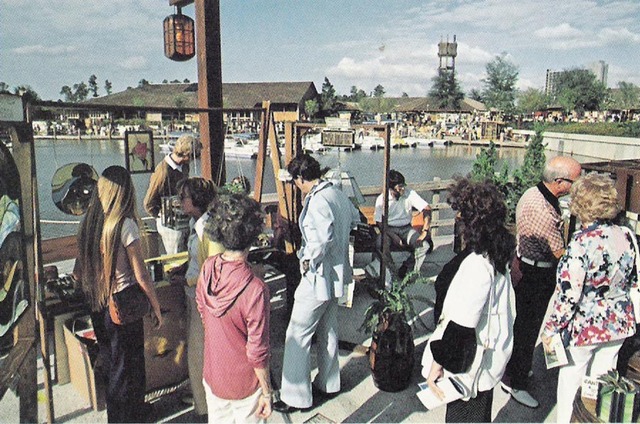
Early phases of commercial LBV that still exist today in one form or another are “major hotels” along what is now Hotel Plaza Blvd and “a 100,000 square foot shopping village” later known as the Village and today as Downtown Disney. A 20-bed emergency hospital was built. In what form it exists today, I don’t know. It was “linked to a major hospital in Orlando by radio telemetry and voice communication which enables Orlando’s doctors to diagnose from a remote location.” Fancy.
And now the real reason I brought us all together today... Transportation.
Transportation
Three basic modes of transportation were implemented to reduce the need for internal travel by car: Pathways for bicycles, horses and electric vehicles; a water network; and a network of trails for hiking. Additionally roads for vehicles were built.
As part of the master plan, but never built, were Peoplemover and Monorail routes.
The Multi-Modal Terminal
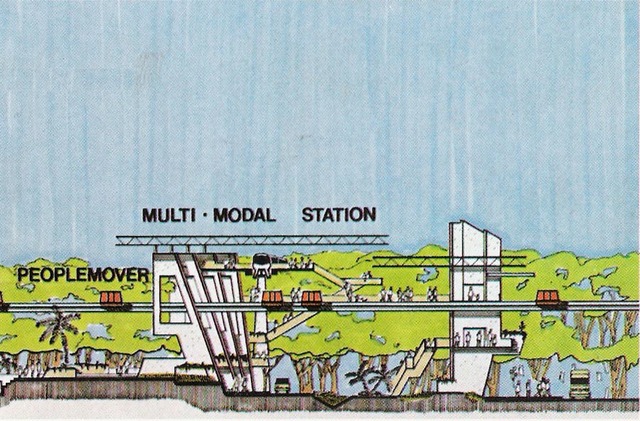
“Intra-urban, inter-urban, and inter-state facilities” were to make up the central transportation hub of LBV. Much like the Walt Disney World’s current Ticket and Transportation Center (but far cooler) this center would offer choices for short or long distance travel. Travel choices would include everything from Monorails to Peoplemovers to taxi cabs and busses.

Not only would this transportation system have offered transport to and from LBV and Walt Disney World, but five other “satellite” terminal sites would have been built around the Orlando area.
Peoplemover Vehicles
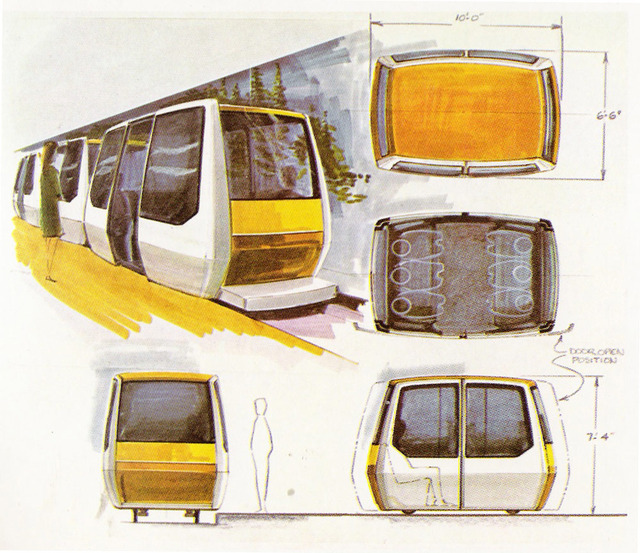
The Peoplemovers in such a setting were described as “horizontal elevators”. But unlike regular elevators the Peoplemovers would take you directly to your stop without intervening stops. Much like regular elevators you would call the vehicle to stop where you are waiting. Once inside you would select your destination on a control panel. If no close-by vehicle is available a reserve supply of units would fill the empty position resulting in minimal waiting. If a station were to be full of empty units, they would be sent to the “spur track” to make room for vehicle arriving from other stations.
As far as I can tell, these Peoplemovers would differ from those of the city of EPCOT because of their start/stop load/unload system. EPCOT’s system was to have Peoplemovers that “never stop”.
4-6 seated passengers and an additional 4-6 standing passengers would fit in each vehicle (much larger than Disneyland's or Magic Kingdom's vehicles). Individual vehicles could leave the stations independent of other vehicles however multiple units could “form a train” to accommodate larger crowds.
Cars would be fully enclosed to defend against the elements. Rocket Rods were to appear at random for those lucky guest who desired to pop-a-wheelie and travel slightly faster. Just messin’.
Peoplemover and Monorail Routes
As published in 1967:
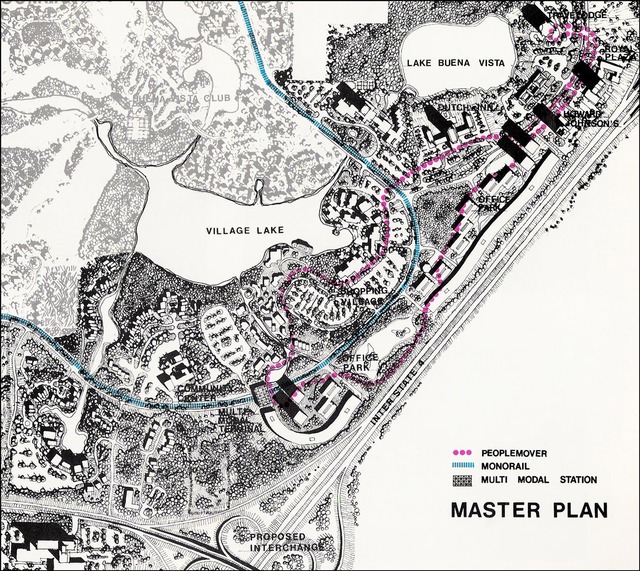
1967 routes over today's view of Lake Buena Vista:
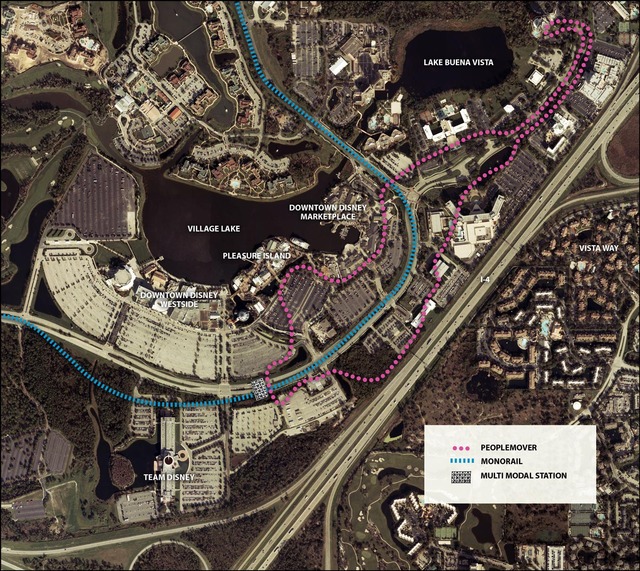
It would have been “reliable... polution-free, smooth, efficient, quiet (and) required minimum routine maintenance and has low operating costs.”
“I feel your pain, Disneyland” said Lake Buena Vista City to a depressed little Tomorrowland, “I feel your pain.”
Related posts:
A Look at the Progress City Model- Then and Now
1967 "New Tomorrowland" Broadcast
2 Fantastic Disneyland Scale Models
THEN AND NOW: MK Tomorrowland [Part 1]
 Admin
Admin 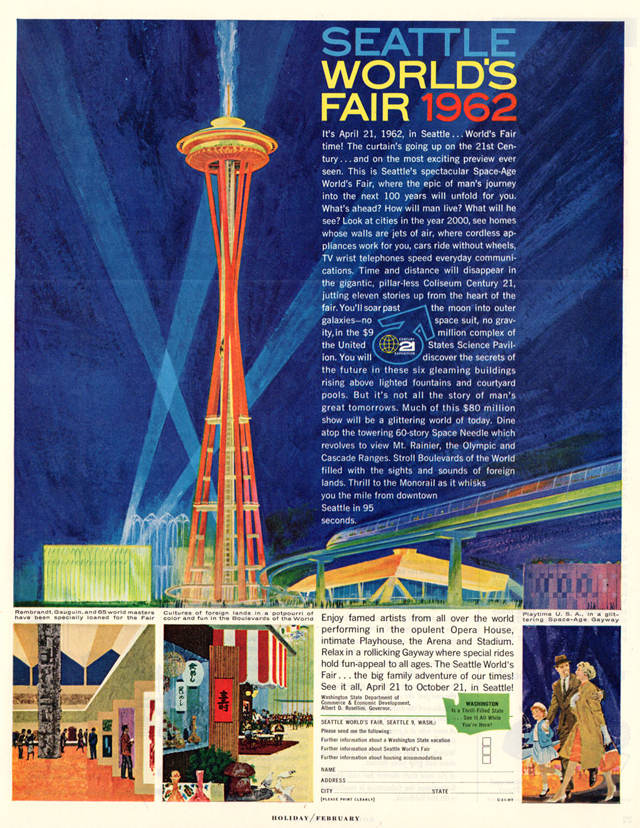
 Adventureland,
Adventureland,  Illustration,
Illustration,  Jungle Cruise,
Jungle Cruise,  Tomorrowland
Tomorrowland 

